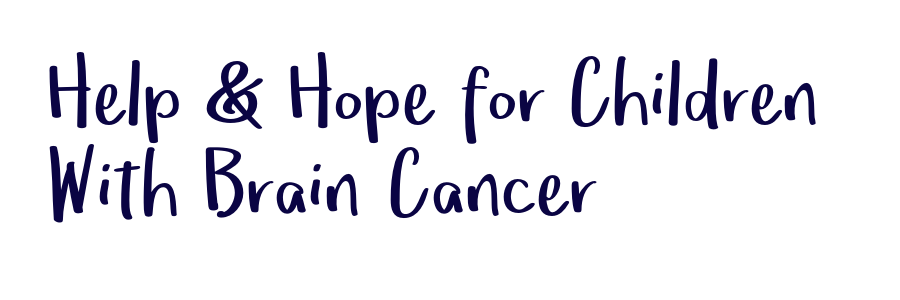What is DIPG?
Diffuse intrinsic pontine glioma, or DIPG, is a type of brain tumor that occurs in the pons, a part of the brainstem that controls many basic functions like breathing, sleeping, swallowing and regulating the heart rate. This area of the brain is also a pathway where many important signals pass to and from the brain to the rest of the body.
DIPG is a type of glioma. Gliomas are brain tumors that arise from glial cells, the cells that protect and support the neurons in the brain.
DIPG brain tumors are most common in children ages 7 to 9, but it can occur at any age.
What Are the Symptoms of DIPG Brain Tumors?
DIPG brain tumors are usually fast growing, and the symptoms can arise suddenly. They can include:
- Problems with speaking
- Problems with walking or balance, especially on one side of the body
- Problems with chewing and swallowing
- Vision problems
- Drooping of the eyelid or face, especially on one side
- Nausea and vomiting
- Persistent headaches, especially in the morning
How Are DIPG Brain Tumors Treated?
There is no known cure for DIPG, and treatment options for DIPG brain tumors are very limited. Because of the tumor’s location in the brain stem, where it’s surrounded by and mixed with healthy tissue that’s critical for survival, it is not possible to remove a DIPG brain tumor with surgery. Researchers have tried many chemotherapies, or drugs, to treat DIPG, but none have been successful. Radiation therapy is the only treatment that is proven to shrink the tumor, but it is still not a cure.
The recommended treatment for most children with DIPG is a combination of radiation and anti-inflammatory steroids, which can help manage some of the symptoms of the tumor by reducing the swelling. Unfortunately, because of the aggressive nature of the tumor and the lack of treatment options, most children do not survive more than two years from diagnosis.
Some families may choose to enroll their child in a clinical trial for DIPG. Clinical trials are an important phase of childhood cancer research, and they can be a way for a child to try a new treatment that shows promise but hasn’t been proven effective yet. Your child’s care team can help you understand your child’s treatment options, including whether they are eligible for a clinical trial.


